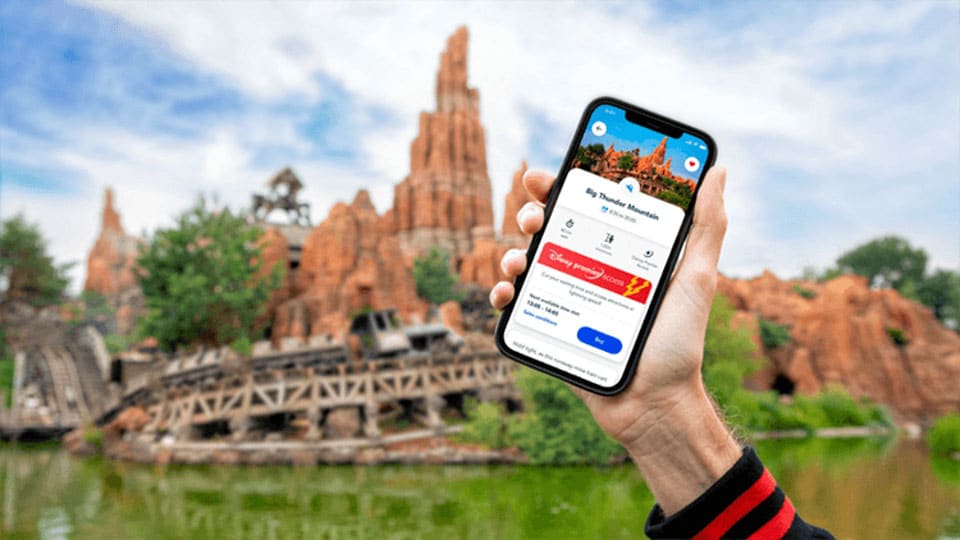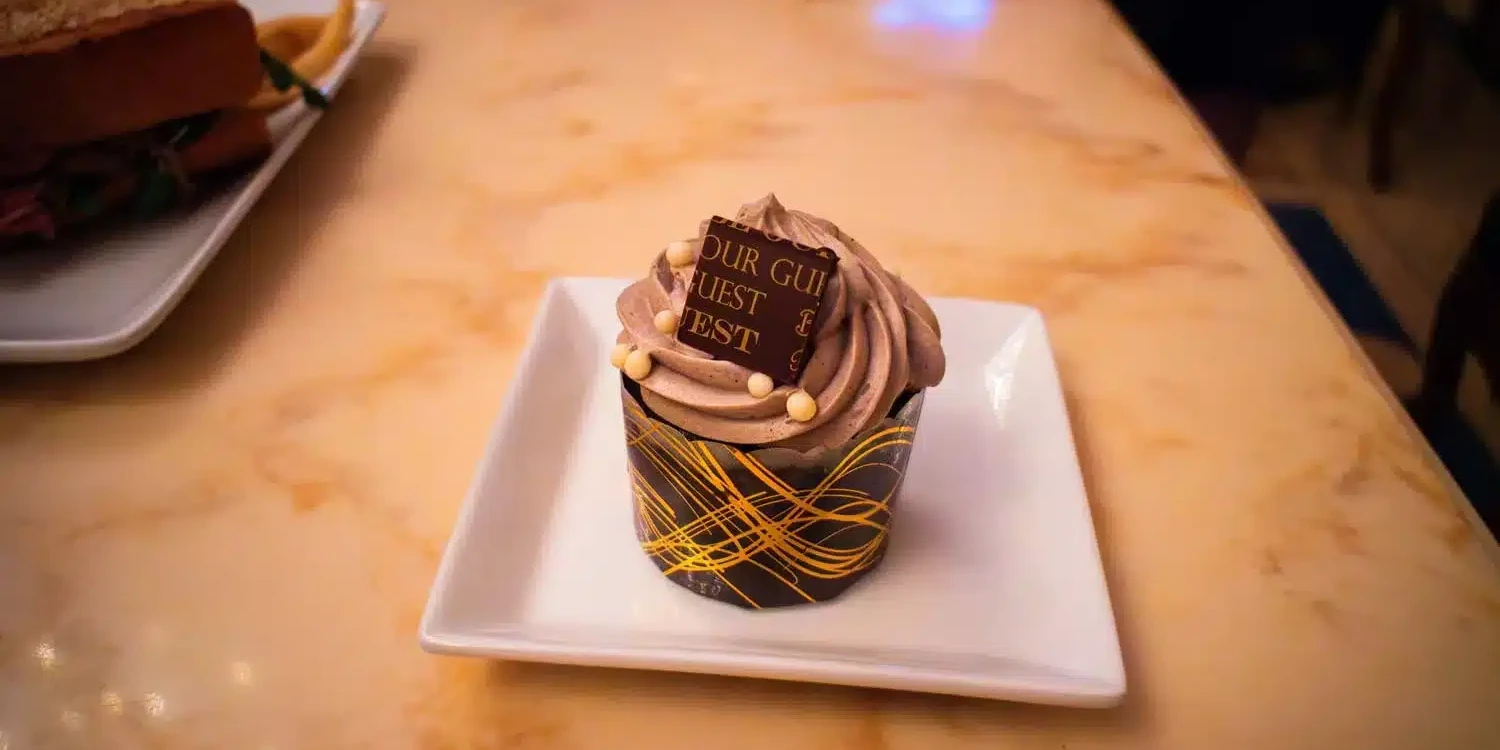“Disney is now charging for FastPass!!!!!” This was the sentiment I saw online, both on Twitter and in headlines through the blogosphere. The real news: Disneyland Paris is replacing its FastPass system with a new system that includes a standby line, a free virtual queue, and a paid “Premier Access” option to get to the front of the line at a price of $10-$20 per person per ride. At first glance, it seems like Disney has found a new way to get some money out of their guests pockets. But further examination shows a more nuanced situation.
Read on for my full analysis of what Premier Access would mean for Disney World and Disneyland.
A brief history of FastPass

In case you don’t know, FastPass is a way that guests can experience shorter wait times by utilizing what is essentially a virtual queue. When FastPass first debuted in 1999 at Disney World, the basic idea was that if a ride had an hour long line, you could go get a FastPass ticket with a later return time, and when you returned your wait would be significantly less (i.e. 5-15 minutes). Essentially, you still would have to wait an hour or more for the attraction, but you spent most of your wait time outside of line enjoying other parts of the park. FastPass became a great tool for those in the know to be able to experience many more rides per day, but guests who were unfamiliar with the system ended up waiting in much longer standby lines because of FastPass.
FastPass has evolved quite a bit since it first debuted as a free “perk,” and there’s been an open question as to whether Disney would start charging for it, as other parks like Universal have. While Disney has to this point resisted charging for FastPass in the US, they’ve definitely flirted with the option. When FastPass+ was still offered at Disney World, all guests got at least 3 FastPass+ reservations per day, but resort guests got to reserve their FP+ at least 30 days before all other guests. This made their FastPasses more valuable, as it was much more likely to get a ride like Flight of Passage or Seven Dwarfs Mine Train 60+ days out rather than 30 days out. When FastPass was last offered at Disneyland, the system was free for all guests, but guests could pay for upgraded access to MaxPass. This let guests reserve and manage FastPasses via their smartphone, which was a huge advantage for getting in-demand FastPasses from anywhere in the parks. Guests going without this perk would have to go to the physical kiosk to get their return time.
So in the US we’ve already been dealing with a FastPass system that has some type of paid component to it, either directly or indirectly. FastPass has not been offered since the parks closed for the pandemic, but as things get back to normal, it’s possible that the return of FastPass or a new system could be imminent.
How Disneyland Paris’ Disney Premier Access System Works
Now that Disney is offering a “pay to get to the front of the line” system, what does it actually look like? Here’s how it will work in Disneyland Paris when it launches later this summer.
Disneyland Paris attractions will offer three different types of lines.
Standby (Free): You walk up and get in line, and wait until it’s your turn to get on the ride. This is how a regular line works.
Standby Pass (Free): Via Disneyland Paris: “The new Standby Pass is a free service, available via the official Disneyland Paris app. During certain periods of the day, you will need to reserve a Standby Pass to be able to join the queue for some of our most popular attractions during a specific allocated 30-minute time slot (subject to availability). Find out if the attraction you wish to ride requires a Standby Pass by consulting our official mobile app on your phone. You will also see a sign at the entrance of the attractions where Standby Pass is activated. If Standby Pass is not activated for your chosen attraction, simply join the queue as normal!”
Basically, if the Standby line gets longer than a certain threshold, you can join the virtual Standby Pass line, which will give you a return time to join the line at presumably a shorter wait. It sounds like Disneyland Paris will be utilizing the old FastPass queues for Standby Pass. Essentially, Standby Pass works like how the original FastPass used to work, but it only triggers if a ride’s standby line gets too long.

Disney Premier Access (Paid): At certain attractions (Big Thunder Mountain,Peter Pan’s Flight, Ratatouille: L’Aventure Totalement Toquée de Rémy,Buzz Lightyear Laser Blast,Star Wars Hyperspace Mountain,Star Tours : l’Aventure continue,The Twilight Zone Tower of Terrorᵀᴹ, Autopia®), guests can purchase a Disney Premier Access pass. It lets guests “join the fast lane and skip the regular queue). An important caveat: “Purchasing a Disney Premier Access gives you fast access to the attraction you choose, but does not guarantee immediate access,” which just means that you will be joining a short queue with anyone else who has purchased a Premier Access pass.
Guests can purchase a Premier Access pass via the Disneyland Paris app for €8 to €15 per person per ride, depending on the ride and day of visit, which is roughly $9.44 – $17.70 in USD. Guests can buy a maximum of 3 Disney Premier Access for each attraction per guest per day, and up to 12 Disney Premier Access for one attraction and one time slot at a time.

What it means for Disney World and Disneyland
While nothing has been announced for Disney World and Disneyland, now would make sense for a new system, as FastPass has been suspended for over a year. Could this mean the end of FastPass as we know it?
Kind of. Disneyland Paris’ new system is actually a hybrid of the old FastPass free virtual queue and a paid system. Standby Pass seems like a clever way to implement a virtual queue without having it be a lottery that sells out instantly like Rise of the Resistance, and it essentially acts like how FastPass was intended to work initially. Implemented well, and it could give guests an option for a shorter wait without ballooning the standby wait time like FastPass has done in the past.
As for Premier Access, it’s expensive, but I think the pricing is a smart move to make sure that the Premier Access line doesn’t become too long and make the free standby waits excruciatingly long. If this comes to Disney World, I could see using it once or twice per vacation to make sure I get on a really popular ride like Flight of Passage or Rise of the Resistance without a long wait. If you think of it as a replacement for FastPass, it becomes pretty expensive, as a family of four would be paying easily $150-$250 extra per day to go on 3-5 more rides. But if you think of it as “Would I like to spend $50 right now to go on my favorite, must-do ride without a 2-hour long wait?” Then the math changes, at least in my opinion. One other big advantage would be that I could experience the same ride multiple times in one day, whereas it’s very unlikely to do that with the current FastPass+ system at Disney World with the most popular rides.
If implemented well, Premier Access could lead to more flexibility for some guests, Standby Pass could keep standby waits down for all guests, and it would eliminate the need to plan every day of your vacation 60 days ahead of time. If poorly implemented, it could be another complexity and cost added to an already complex and costly vacation. I’m hopeful that whatever system Disney comes up with will lean more toward the former than the latter.
What do you think of Disney Premier Access? Would you use it, or is it just another cash grab?
Pictures Copyright Disneyland Paris
More from Guide2WDW
October 11, 2023
Disney World will FINALLY get rid of COVID-Era Park Hopping Rules In 2024 – What It Means for You!
Disney World will change its unpopular…
September 9, 2023
Everything announced at Destination D23 2023 – Video
All the biggest news for Disney World…
James Grosch
James is a lifelong Disney Parks fan. While at the parks, he loves finding new details, learning more about Disney World history, and taking pictures. His favorite WDW attractions include Rise of the Resistance, Spaceship Earth, and Tower of Terror.
James is a filmmaker and writer based in Atlanta, GA.



